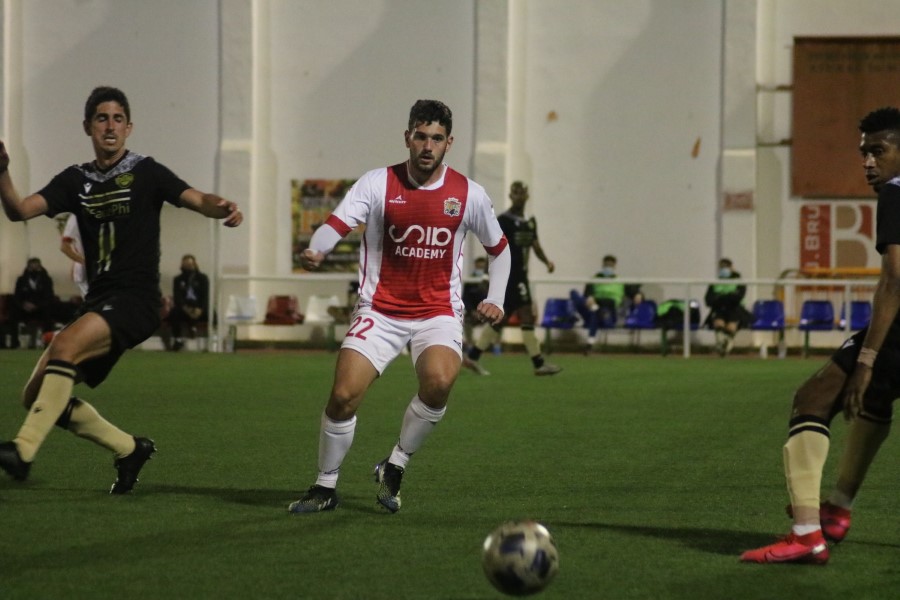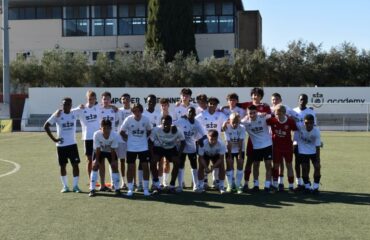Third Division Spanish League
The Third Division is the fourth most important category of the Spanish soccer league. The Third Division was established in 1929 as a non-professional category right below the Spanish Second Division and above the regional categories. Subsequently, from 1977, when the Second Division “B” was created, it was placed below this category to become the fourth category of Spanish soccer.
The Third Division’s organization corresponds with the Territorial Federations of each Autonomous Community. Ceuta and Melilla are included in the Autonomous Federation of Andalusia.
Clubs participating in the Third Division
The Spanish Third Division is made up of 360 soccer teams, divided into 18 groups of 20 teams each according to their geographical region. Each group corresponds to a Territorial Federation of an Autonomous Community, except in the case of Andalusia which is divided into two; Eastern Andalusia and Western Andalusia. The clubs of the autonomous cities of Ceuta and Melilla compete with those of the Territorial Federation of Andalusia, Ceuta competes with the provinces of Western Andalusia and Melilla with the eastern provinces.
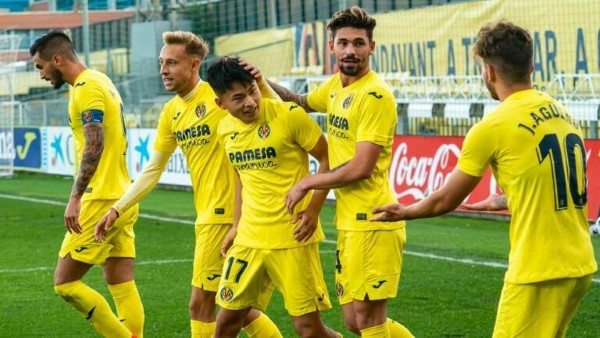
The twenty teams in each group play against each other twice, once on their own field and once on the opponent’s field.
In a season, a total of thirty-eight matches are held in each of the groups during the qualifying phase. The order of the matches is decided by drawing lots before the start of the competition.
The winner of a match receives three points, the loser receives none and, in the event of a draw, one point is awarded to each team..
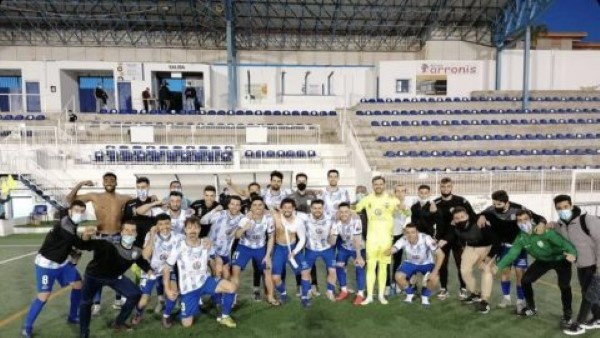
The 18 groups correspond to the following Territorial Federations;
Group I: Galicia
Group II: Asturias
Group II: Cantabria
Group IV: Basque Country
Group V: Catalonia
Group VI: Valencia
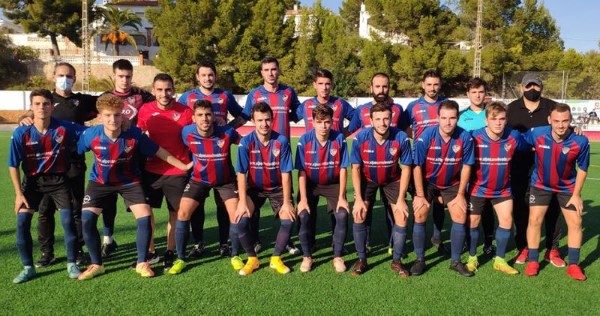
Group VII: Madrid
Group VIII: Castilla y León
Group IX: Eastern Andalusia and Melilla
Group X: Western Andalusia and Ceuta
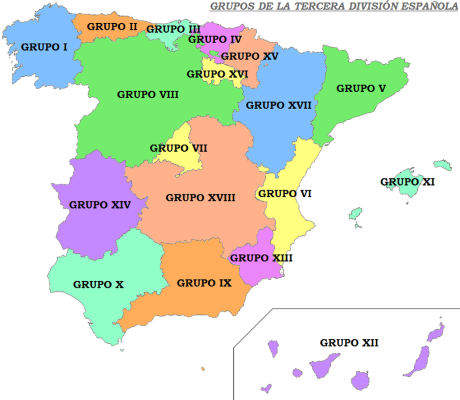
Group XI: Balearic Islands
Group XII: Canary Islands
Group XIII: Region of Murcia
Group XIV: Extremadura
Group XV: Navarra
Group XVI: La Rioja
Group XVII: Aragón
Group XVIII: Castilla-La Mancha
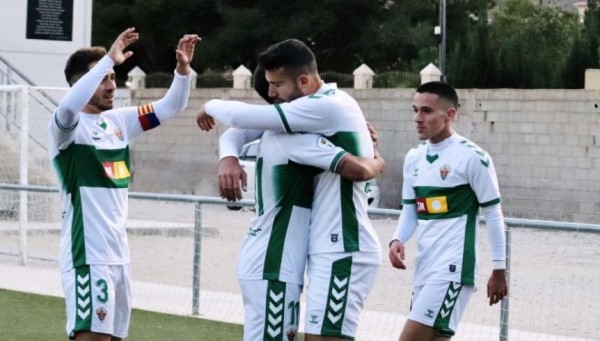
Players participating in the Third Division
The Third Division is a category that as of today is not professional according to the rules of the RFEF. There are two types of player cards that compete in the Third Division. The “P” cards and the “A” cards. The “P” cards correspond to the professional players, which will be for those players who appear before the Federation and labor organizations as workers. They have a contract that must be duly closed and completed.
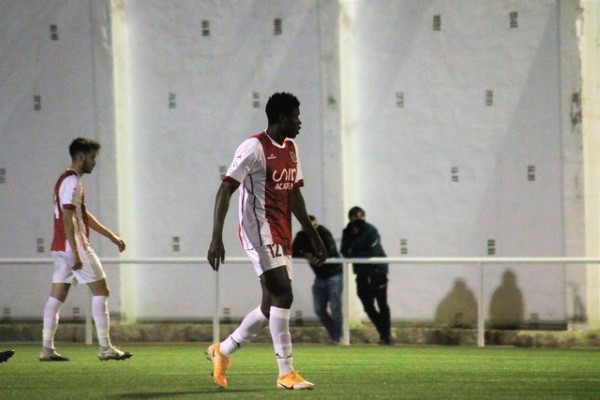
The “A” cards are for amateur players, who make up the majority of the Third Division. In this case, the types of contract are highly varied and each entity may use a different model.
The age groups below amateur are the “J” cards for youth players and the “C” cards for cadets.
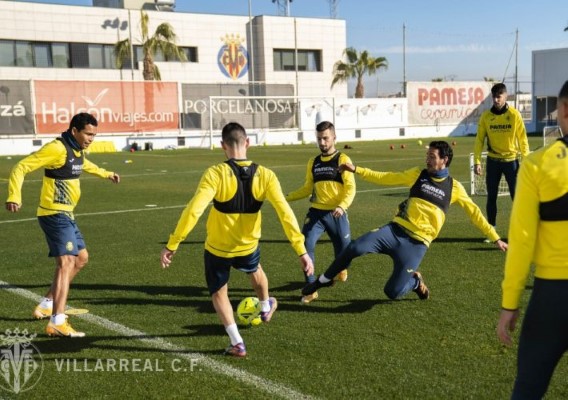
Third Division Squad
A Third Division squad is made up of a maximum number of twenty-two players, three less than in the First and Second Divisions.
In addition, another limitation of this category in the third division Beniganim team refers to the fact that the age configuration of these 22 players is at play: at the most, a squad is composed of sixteen players over 23 years of age (in the current season, the U-23 are players born in 1998 and later). It is not mandatory to reach sixteen players over the age of twenty-three.
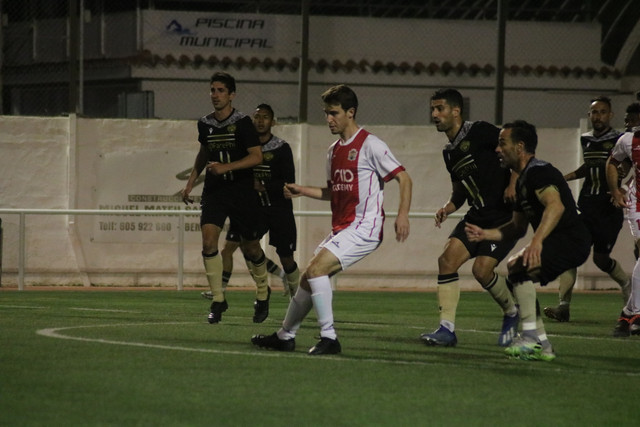
Finally, Third Division teams do not have to have a minimum number of “P” (professional) cards in their ranks throughout the season, unlike Second Division “B” clubs.
Squad of a subsidiary or dependent team
Subsidiaries, due to their different nature, have a different structure from the rest of the teams in the category, but they must always comply with the essential principles of the category. A subsidiary team will have, like the rest of the teams in the category, a maximum of 22 players on the roster, never exceeding 16 players over the age of sixteen and complying with the section relating to professional cards.
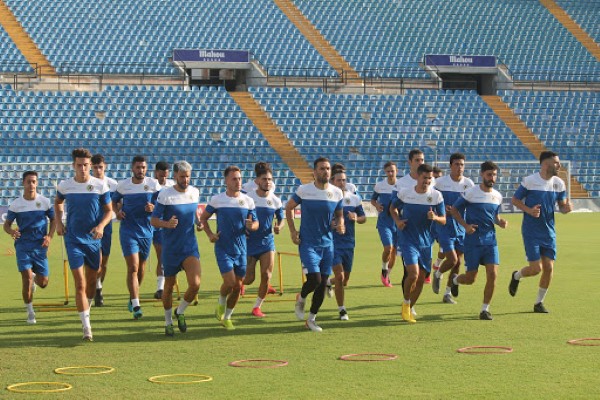
As training teams, the majority of their rosters correspond to U-23 players, and even to players of youth age. But a subsidiary team can also have players over 23 years of age, as long as they comply with RFEF regulations.
If a player over 23 years of age makes his debut with the club’s first team, he will not be able to play again with the subsidiary team. This is not the case with U-23 players, who may alternate with both teams.
Once the match has started, the Third Division teams must be made up, throughout the match, of at least seven players from the squad of the category in which they play.
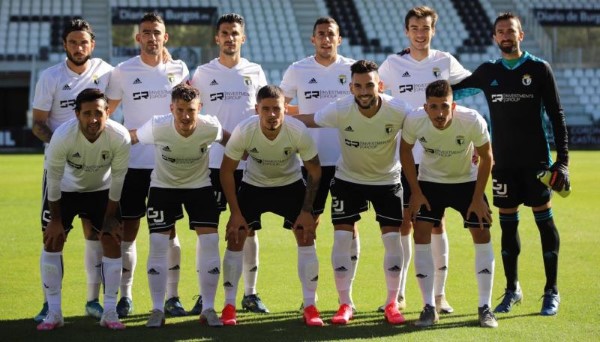
Competition system
The competition system is similar to that of the other categories of the Spanish soccer league. The Third Division season begins at the end of August and ends at the end of May or beginning of June of the following year. As a differentiating novelty from the rest of the categories, the qualifying phase of the Third Division has to be completed before mid-May.
The competition system consists of two phases: First or Qualifying Phase and Second or Promotion Phase.
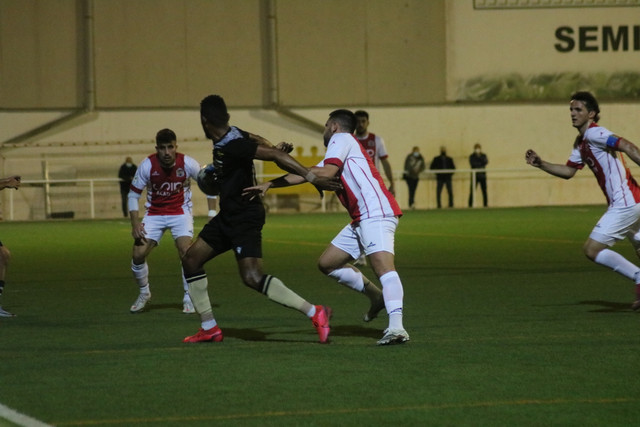
First or qualifying phase
The qualifying phase is made up of 18 groups of 20 teams each, which play against each other on points and in a double round-robin format.
The 18 clubs that finish first in their corresponding group will be awarded the trophy that certifies them as group champions.
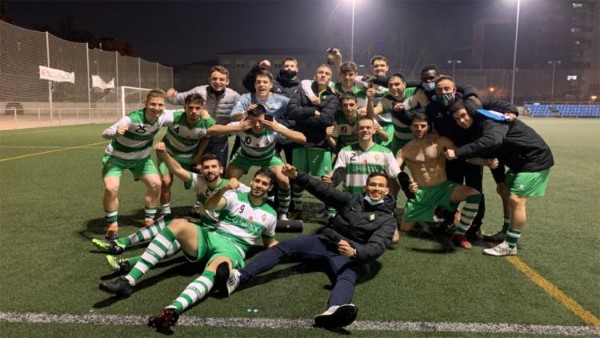
The first four classified in each of the groups, i.e. 72 teams, participate in a second phase or promotion phase, unless they are not eligible for promotion due to their status as affiliates or dependents, and the best classified team will occupy their place.
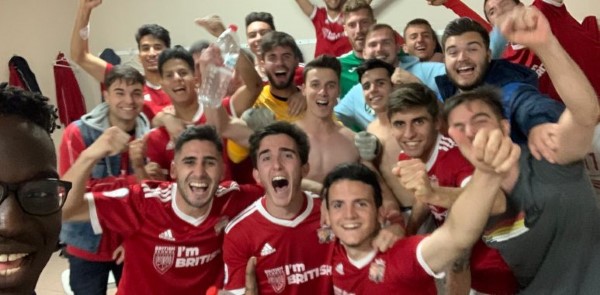
The classification will be according to the points obtained by each club, which will be three for a won game, one for a tie and none for a lost game.
If there is a tie for points between 2 teams, it will be resolved in the following way:
By the greater goal difference, between goals for and goals against, taking into account only the matches played between them.
By the highest goal difference, between goals for and goals against, of the matches played with the rest of the clubs in the group.
By the highest number of goals scored.
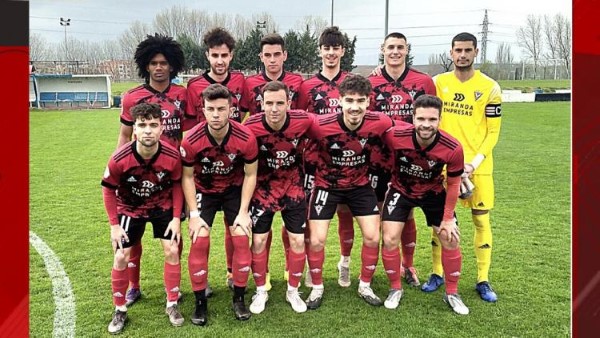
In the event that the tie occurs between several teams, it is resolved as follows:
By the best score that corresponds to each one taking into account only the matches played between them.
By the highest goal difference between goals for and goals against, taking into account only the matches played between the tied teams.
For the highest number of goals scored in favor, considering only the matches played between them by the tied teams.
For the highest goal difference, between goals scored and goals conceded, taking into account all the matches of the group.
For the highest number of goals scored in favor, taking into account all the goals scored in the competition.
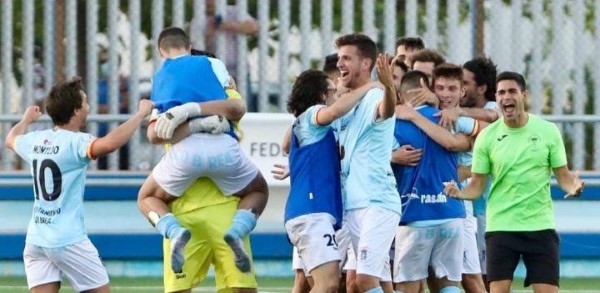
Second phase or promotion phase to Second Division “B”
In the second phase or promotion phase, the following 72 clubs take part;
The 18 champion clubs of each of the groups that form the category.
The 54 that in the final classification occupied the 2nd, 3rd, and 4th places in each group.
Development of the promotion phase to Second Division “B”.
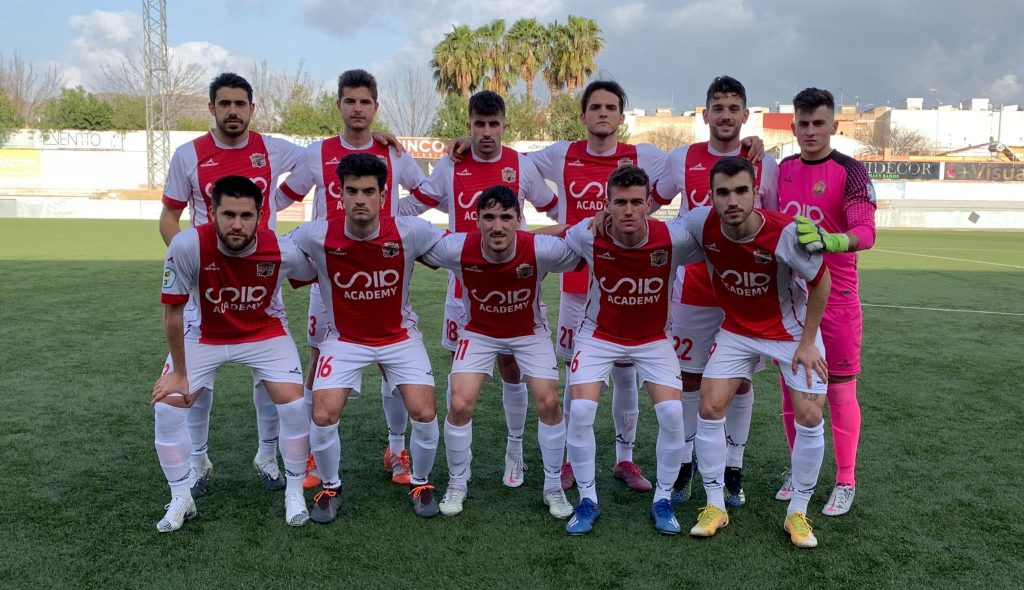
In the first eliminatory round, the 18 champion clubs of the first phase will be paired by pure draw and will play a two-legged eliminatory round, the order of the fields being the same as the drawing of the balls.
The 9 winning teams will be promoted directly to Second Division “B” and the 9 losers will take part in the third round.
In the second elimination round, the 54 clubs that at the end of the first phase occupied the 2nd, 3rd and 4th places in their respective groups will play a two-legged elimination round as follows:
The 18 fourth-placed clubs will be paired against the 18 second-placed clubs, by means of a draw, provided that no clubs from the same group play against each other. The first match is held at the stadium of the club that placed fourth in its group.
The 18 clubs ranked in third place are paired against each other by pure draw, the order of the play-offs being the same as the order in which the balls are drawn.
The 27 winners of this second round face each other in the third round.
In the third heat, the 9 losing clubs of the first heat, the 18 winners of the second heat of second vs. fours and the 9 winners of the third heat of third vs. third face each other.
In the fourth round, the 18 winning clubs of the third round will play this 4th round of two legs, being paired, those who obtained a better classification at the end of the first phase with those who obtained a lower classification, avoiding that clubs that were in the same group compete against each other.
The 9 selling clubs of this elimination round will be promoted, together with the 9 teams that won the first elimination round.
Only clubs that meet the economic and social requirements established by the Liga Nacional de Fútbol Profesional, as well as the requirements set forth in the Ley del Deporte, Disposiciones Legales de las Sociedades Anónimas Deportivas and the rules and principles of the RFEF Regulations, may be promoted to Second Division “B”.
Relegation from the Third Division to territorial categories
The clubs that, at the conclusion of the first phase, occupy the 18th, 19th, and 20th places in each group will be relegated to the first of the territorial categories, that is to say, a total of 54 teams will be relegated from the Third Division to the Territorial Categories.
In the case of Group IX, the relegation of a team from the Ceuta Federation will be covered by another team from the same Federation. The same happens with Group X, the relegation of a team from the Federation of Melilla, will be covered by another also from the Federation of Melilla.
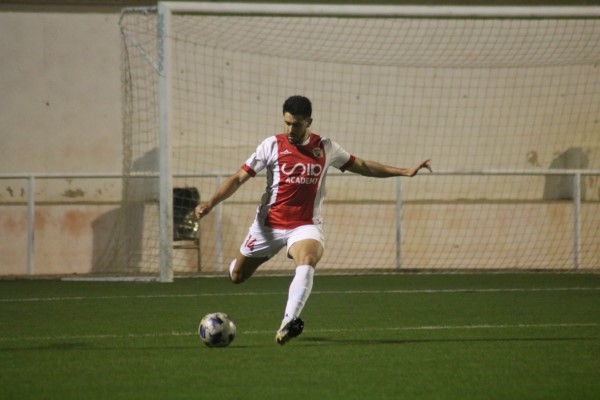
The regional federations can modify the number of relegations, including the club placed 17th, if the General Assembly of the Federation agrees and communicates it to the RFEF before the start of the competition.
Right to participate in the Copa de S.M. el Rey (King’s Cup)
They obtain the right to participate in the Spanish Championship, Copa de S.M. el Rey corresponding to the following season;
The 18 best-ranked clubs in each of the 18 groups at the end of the first phase, unless they had the status of affiliates or dependents.
The 2020/2021 Season after the expansion of COVID-19
The Royal Spanish Federation, together with all the Second Division B and Third Division clubs, have been involved to the maximum in returning to the previously explained format as quickly as possible after the cancellation of the 2019/2020 season in mid-March due to COVID-19.
The stoppage of the competition has been a challenge for the RFEF and the different soccer Federations of the Autonomous Communities, especially at the management level. The cancellation of the 19/20 campaign brought with it the decision that there would be no relegated teams, but promoted teams.
This changed the number of teams participating in both the Spanish Third Division and the Second Division B to a notorious extent. One of the entities that has experienced these new changes from the front row has been Unión Deportiva SIA Benigànim, a team managed by Soccer Inter-Action and which competes in Group VI of the Spanish Third Division.
Group VI, corresponding to the Valencian Community, which has gone from being made up of a single group of 20 teams to being divided into two groups, also distributed by geographical proximity. Group A is made up of 11 teams: UD Alzira, CD Roda, Atlético Saguntino, Villarreal CF ‘C’, Silla CF, Recambios Colón, Torrent CF, CD Benicarló, CD Acero, Paterna CF and Vilamarxant CF.
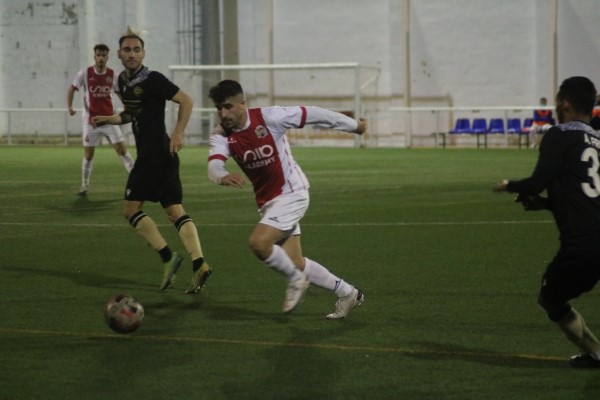
For its part, Group B is formed by CD Eldense, Elche CF ‘B’, CF Intercity, CD Olímpic, UD SIA Benigànim, Villajoyosa CF, FC Jove Español San Vicente, Hércules CF ‘B’, Crevillente Deportivo and Novelda CF. That is, 10 teams, one less than Group A.
For this reason, and in order to return to the traditional format in the 2021/2020 season, the RFEF and the Football Federation of the Valencian Community designed a League format where the division of these two Groups will be the First Phase of the competition. Classic League format and in which their position in the standings at the end of the First Phase will determine whether they have access to fight for promotion or relegation.
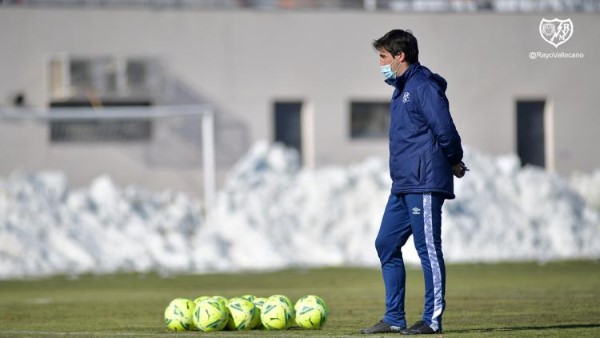
The Second Phase will be responsible for determining which teams will lose the category, which teams will be maintained and which teams will be promoted. For this, there will be a promotion and relegation playoff.
The relegation battle will be a round-robin league format and the participating teams will be the last five teams from Group A and the last five teams from Group B, i.e., nine teams in total. These nine teams will not start the Second Phase with a zero points tally, but will be calculated on the basis of the points per game coefficient and will start the phase with that result. In this phase, the teams in the same group will not play against each other again, but will only play against the teams in the other group. At the end, the last five will be relegated and the best four will remain in the category.
.
The fight for promotion will be divided into two Leagues, that of those classified in first, second and third place in Group A and Group B (Direct Promotion League) and that of those classified in fourth, fifth and sixth place in Group A and Group B (Intermediate League). Of these two Leagues, the one that gives the option of direct promotion will be the first mentioned, that of the best qualified teams.
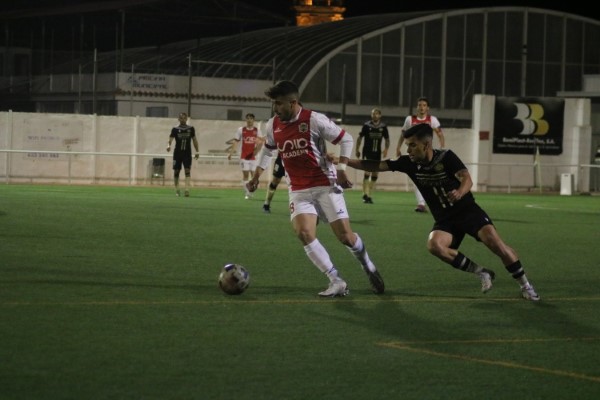
Of these top six teams, two will be promoted directly. A traditional round-robin League format where they will also start with a points-per-game coefficient and will only face the three rivals that have entered this League from the other Group.
What happens to the four teams that have not achieved direct promotion from this League? Well, they go to the play-off for the last promotion place in a play-off phase that will start in the quarter-finals. These quarterfinals will be formed by the fifth and sixth classified of the Promotion League and the first and second classified of the Intermediate League. The two winning teams will qualify for the semifinals of these play-offs.
Now, who will be the other two opponents in the semifinals? Well, the third and fourth classified of the Direct Promotion League. In the same way, a round-robin playoff will be played and the two winners will play the final, also round-robin. The winner will be promoted.



